  Yakima River, Washington |
||||
|
||||
|
- Youth |
||||
| YOUTH | ||||
 |
Kemmerer Field Office Staff Teach Students about Local HabitatsBLM Wyoming Kemmerer Field Office Wildlife Biologist Thomas Berdan, Assistant Field Manager of Resources Blaine Potts, and Wild Horse and Burro Specialist Kristine Dedolph recently visited Kemmerer Elementary School K-2 in Kemmerer, Wyoming. (My Public Lands Tumblr) |
|||
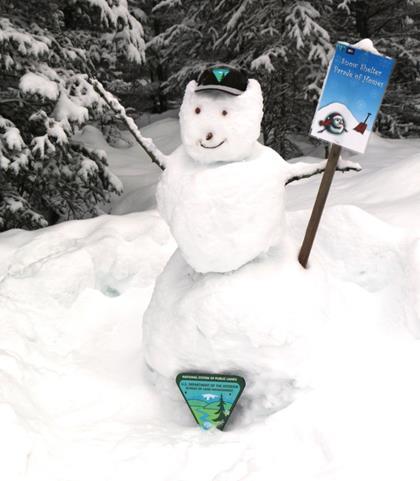 |
Warming Up to Winter in Alaska
More than 200 people who turned out for Winter Trails Day at the BLM Campbell Creek Science Center in Anchorage. Staff, partners, and volunteers were on hand to teach winter recreation skills, including
cross-country skiing, snowshoeing, geocaching, and fat-tire biking. With the free loan of equipment, they provided help and reassurance, cheering on timid beginners and boosting the confidence of those looking to build their skills. (My Public Lands Tumblr)
|
|||
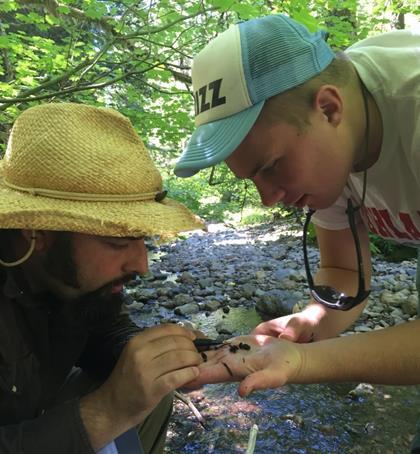 |
BLM Oregon/ Washington Mentors Students to Protect Aquatic ResourcesDominic Meads is a young man who has it all figured out. By the time he graduated from high school he had already volunteered for watershed councils, cultural associations, and several natural resource management agencies. Dominic also graduated with 70 college credits under his belt and an intense love of fishing. Throughout his youth, Dominic focused on natural resource management through collaboration, education, and outreach. In his words: “I’m always thinking about ways our world can evolve without harming fish.” (My Public Lands Tumblr) |
|||
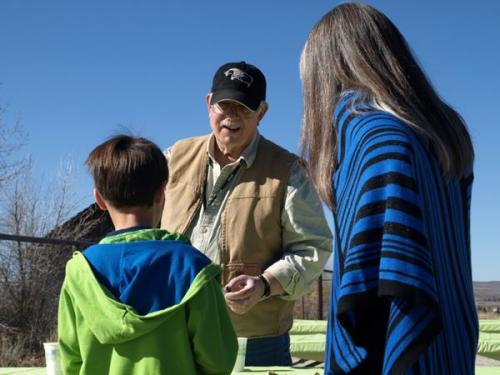 |
Wyoming BLM Introduces Kids to PaleontologyBLM archaeologists from the Pinedale Field Office in Pinedale, Wyoming traveled back to the time of dinosaurs recently to celebrate National Fossil Day with students at the Museum of the Mountain Man. With four activity stations, 88 seventh-grade students from Pinedale Middle School spent the day at the museum learning about the rich fossil history of western Wyoming, how fossils form, and gained a better understanding of the science of paleontology. (My Public Lands Tumblr) |
|||
 |
Connecting People to their Public Lands Report
The Connecting People to their Public Lands report details how millions of visitors enjoyed activities, tours, exhibits, and interpretive programs on BLM-managed lands in 2016. State updates focus on how BLM helps people play, learn, work, and serve on the public lands. Partners help the BLM reach nearly 5 million Americans, volunteers contributed more than 1 million hours or service, and more than 6,000 young people participated in work and training opportunities provided by the BLM. (BLM website) |
|||
 |
BLM Junior Rangers 'Join the Adventure'
The BLM has launched a new Junior Ranger program to engage young people in recreation, learning, and stewardship, with the goal of connecting them to the natural world and their cultural heritage. To help
reach increasingly diverse youth audiences, Mis Tierras Publicás, Jóvenes Guardaparques Otoño 2016, the Spanish-language edition of the Fall 2016 My Public Lands Junior Ranger booklet, is now online. (BLM website)
|
|||
| FROM THE FIELD | ||||
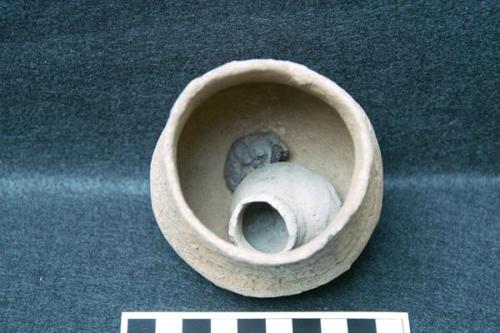 |
Fuels Project Leads to Unique Find in UtahCanyon Country Fire Zone Archaeologist Leigh Grench is no exception to those drawn to the area to study these indigenous inhabitants. It was Leigh’s studious work and support from the BLM Fuels Program that unveiled the significance of a recently discovered unique artifact, left behind after looters pillaged and irreversibly altered the historical context of an archaeological site. (My Public Lands Tumblr) |
|||
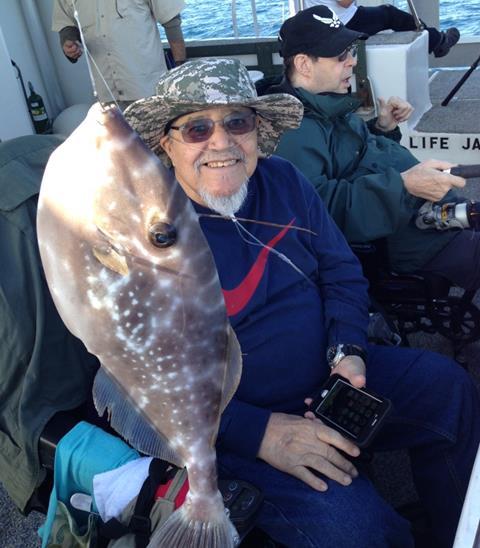 |
BLM Veterans Wheelchair-Accessible Boat Fishing EventThe bite was on at West Palm Beach, Florida as 22 wounded veterans, family, and support participants joined Captain Rich Brochu and First Mate Tony Brown of floridafishingacademy.com on Rich’s custom-built wheelchair-modified fishing vessel Thea Marie for some offshore fishing. (My Public Lands Tumblr) |
|||
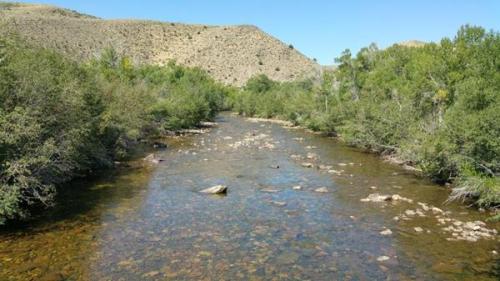 |
Wyoming Partners Team Up on River Restoration EffortBLM Wyoming, Wyoming Game and Fish Department, Saratoga-Encampment-Rawlins Conservation District, and Trout Unlimited recently partnered to complete a restoration project on the Encampment River in the Rawlins Field Office, Wyoming. This project is part of a continued river restoration effort; funding partners include the Wyoming Landscape Conservation Initiative and the Wyoming Wildlife and Natural Resource Trust. (My Public Lands Tumblr) |
|||
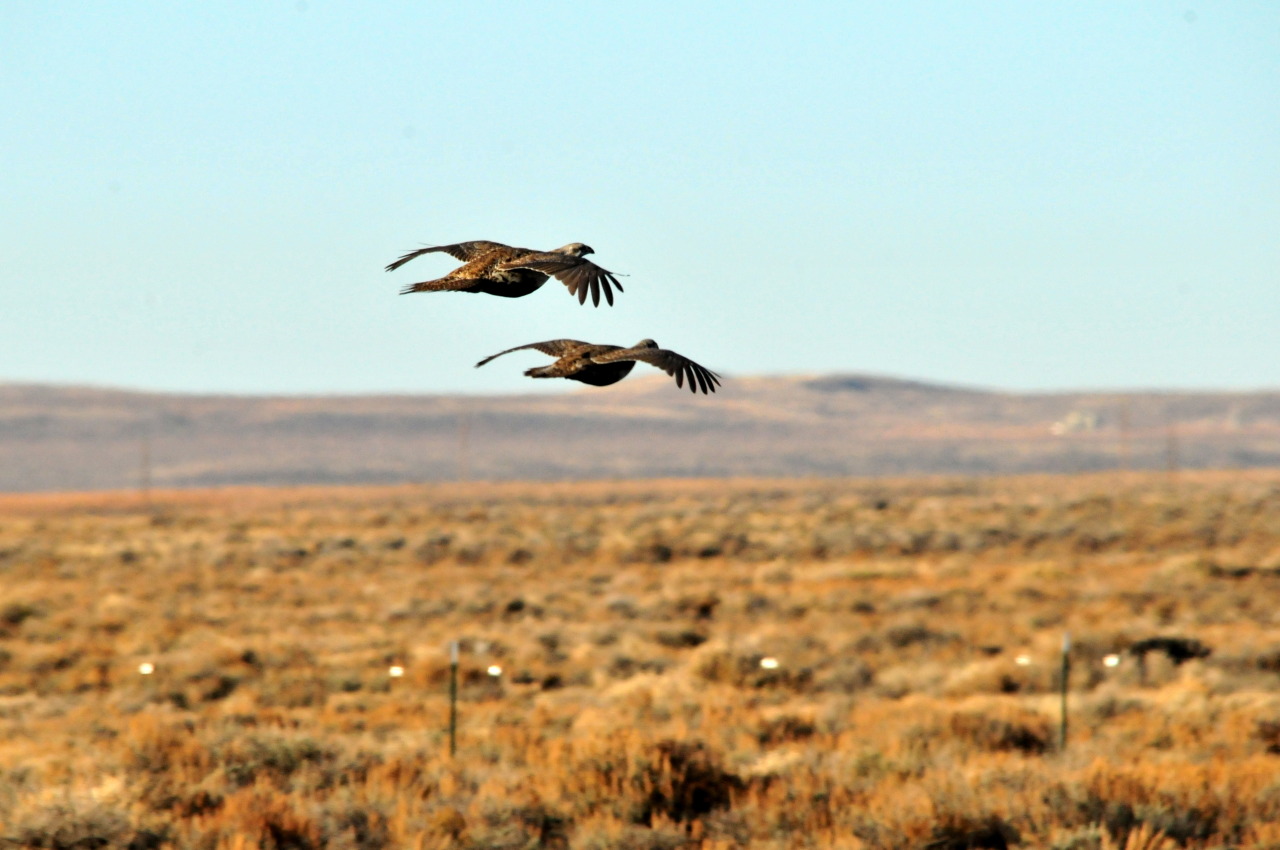 |
Fence Modifications Help Grouse and Wildlife
When you’re out in sagebrush country, you’re likely to spot fence lines. Fences crisscross western landscapes, often following ownership and livestock grazing patterns. Many of these fences are
made of wire and can be hard to spot in certain light conditions. The more than 350 species of wildlife that live here have to figure out ways to move through this landscape, even with fences across it. Mule deer agilely leap over fences. Pronghorn can’t jump over fences so they seek out
places where they can slip underneath or detour around until they find a crossing point. Greater sage-grouse prefer to shuffle underneath fences to stay out of sight of predators. (My Public Lands
Tumblr)
|
|||
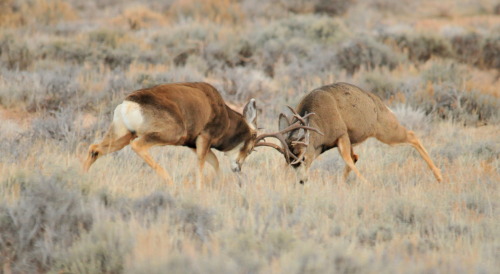 |
Low on Calcium? Chew on this
What made this highway of tiny tracks? Where are they going? Wait! What’s that sticking up out of the snow? It’s an antler! But what’s an antler doing in the Big Empty? You might think
it’d just be a cool decoration for your house. But this antler is a crucial source of nutrients for small animals of sagebrush country. (My Public Lands Tumblr)
Related: #350species series (My Public Lands Tumblr) |
|||
| WILD HORSE AND BURRO | ||||
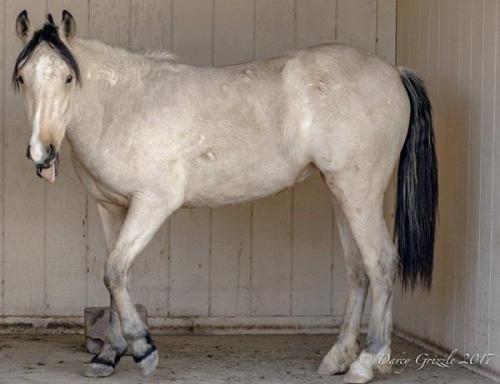 |
Partnership Equals Success for Former Wild HorseAn emergency gather was conducted in late August/early September and one foal in particular had caught the eye of Darcy Grizzle, a local wild horse photographer. She had been observing the wild horses for several years and was present during the gather. A lone buckskin filly had been left behind by her band and was struggling to survive. Darcy brought her to the attention of the contracted gather operators and she was lifted into the back of their truck. Volunteers rushed her to Desert Pines Equine Medical and Surgical Center for emergency treatment... Daily interaction and lots of affection turned her into a spunky filly that caught the eye of adopter Valerie Juick. (My Public Lands Tumblr) |
|||
 |
Prisoners train wildness out of horses -- and themselves
The BLM's wild horse and burro training program in Florence, Arizona works with the Arizona Department of Correction's to have highly selected inmates work to train the animals to make them more
adoptable for the public. When a specific inmate's bond with his horse is so strong that as he made plans for his release into society he also made plans to adopt the horse. The training facility holds up to 40 wild horses and about a dozen wild burros. The horses are halter-trained, will lift
all four feet, submissive to grooming and amazingly, saddlebroken. The burros are trained to act as pack animals, halter-broken, and to pull passenger carts. (Arizona KGUN Channel 9
YouTube)
|
|||
| HEADLINES AND HIGHLIGHTS | ||||
 |
America's multicultural migration West: Finding history's forgotten people
The great early migration to America's Western frontier readily conjures up images of white American pioneers traveling by covered wagon into perilous and unknown territory, relying on rugged
individualism, persistence, and sacrifice in search of a new life. Films, stories and even history books perpetuate this image -- often at the expense of the critical contributions made by the diverse groups who made settlement of the West possible. In particular, the role of African-Americans has
remained widely underreported. But thanks to efforts by the Bureau of Land Management and Coppin State University, this deficiency is being remedied. (BLM Oregon/ Washington Facebook)
|
|||
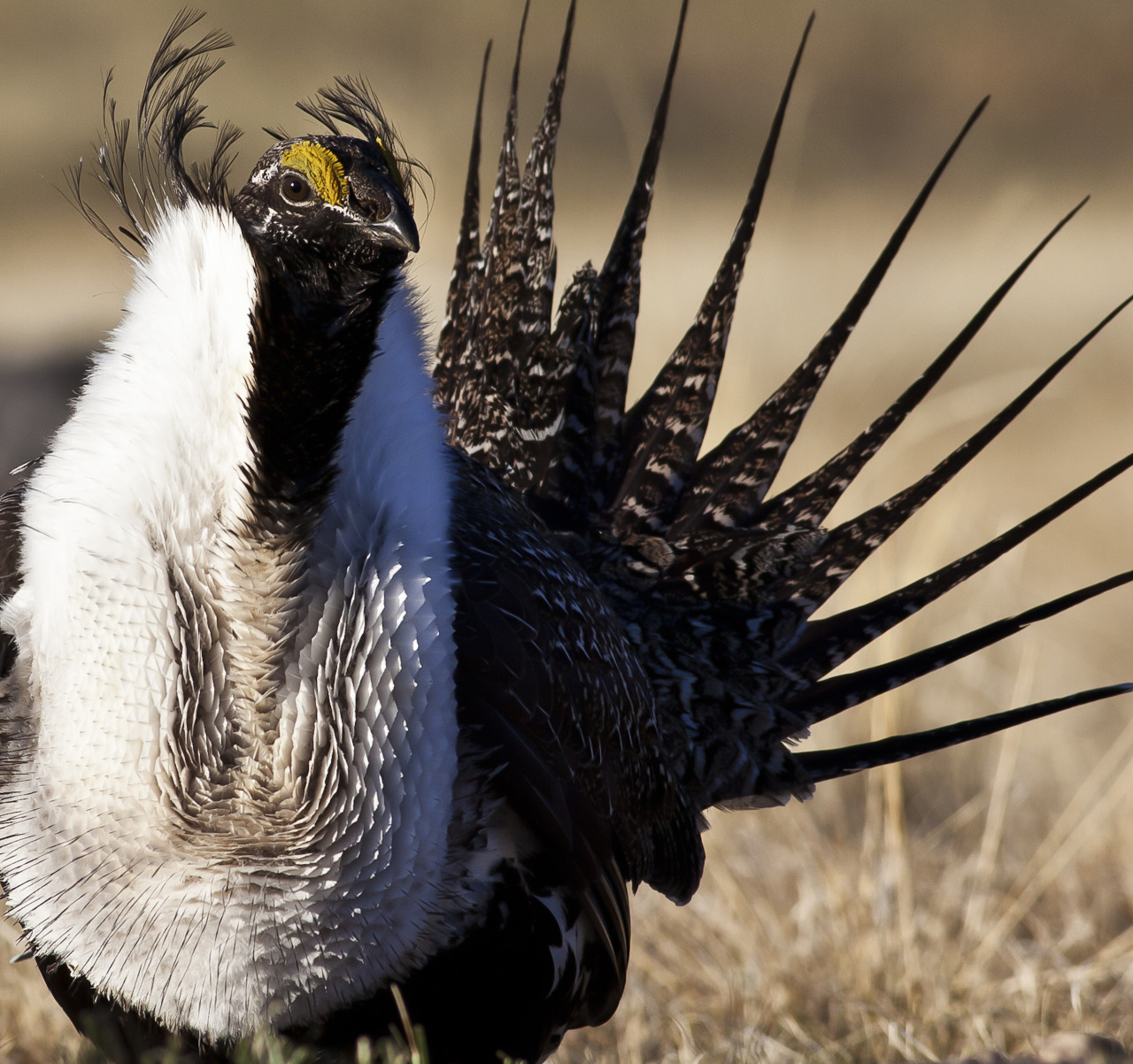 |
BLM to Host Open Houses on Proposed Withdrawal in Crucial Sage-Grouse HabitatThe Bureau of Land Management announced it will be holding eight public open houses throughout the West in February to gather input on the agency’s proposal to withdraw a subset of lands that are sage-grouse strongholds from future mining claims. This is the next step in a process that started in September 2015 with the successful efforts of the BLM and its state and federal partners to prevent the Greater Sage-Grouse from being listed under the Endangered Species Act. (BLM News Release) |
|||
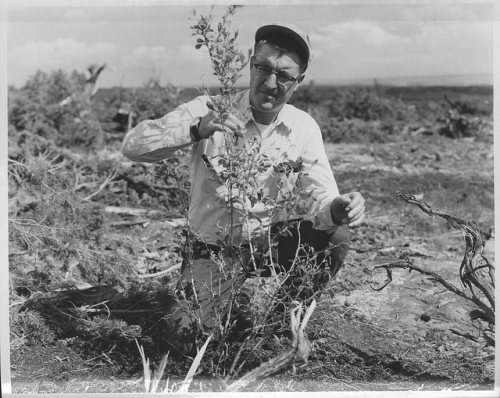 |
A Part of American Heritage: Grazing on Public LandsFor more than half a century, the BLM has proudly worked with the many thousands of American ranchers who graze their livestock on 155 million acres of our nation’s public rangelands. During the era of homesteading, Western public rangelands were often overgrazed because of policies designed to promote the settlement of the West and a lack of understanding of how to care for these lands. In response to requests from Western ranchers, Congress passed the Taylor Grazing Act of 1934 (named after Rep. Edward Taylor of Colorado), which led to the creation of grazing districts. In these districts, grazing use was apportioned and regulated. (My Public Lands Tumblr) |
|||
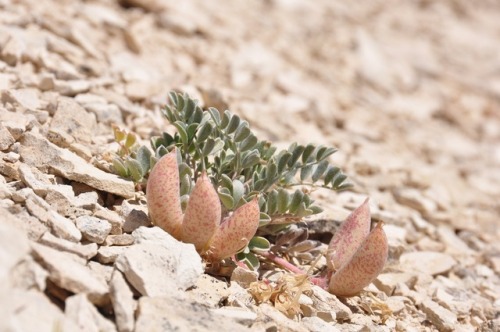 |
The right seed, in the right place, at the right timeThe Bureau of Land Management joined research, land management, industry, and restoration professionals dedicated to the collection, development, production, and use of native seed. The 2017 National Native Seed Conference was organized around the goals of the National Seed Strategy, with the aim of getting “The right seed, in the right place, at the right time.” (My Public Lands Tumblr) |
|||
 |
BLM Seeks Nominations for 2017 Reclamation and Sustainable Mineral Development Awards Program The Bureau of Land Management is seeking nominations for the 2017 Reclamation and Sustainable Mineral Development Awards. These awards recognize those programs created to foster sustainable development, which encourages environmental health, social responsibility and economic security. (BLM News Release) |
|||
| WILDLIFE QUESTION OF THE WEEK | ||||
 |
True or false? Salamanders travel up to 14 kilometers to find a mate. Keep reading for answer below. |
|||
| DOI HIGHLIGHTS | ||||
 |
Free Entrance Days for Public LandsEvery year, the Interior Department and other land-management agencies make it easier to visit America's special places by offering free admission to the public lands that charge an entrance fee. (Department of Interior blog) |
|||
| WILDLIFE QUESTION OF THE WEEK ANSWER | ||||
|
True. Salamanders travel up to 14 kilometers to find a mate.
"When looking for love, some small-mouthed salamanders can really go the distance. These intrepid amphibians (Ambystoma texanum) will risk death and dehydration to travel almost nine kilometers on average and
as far as 14 (roughly nine miles) to find a mate." (Science News)
|
||||
|
||||
